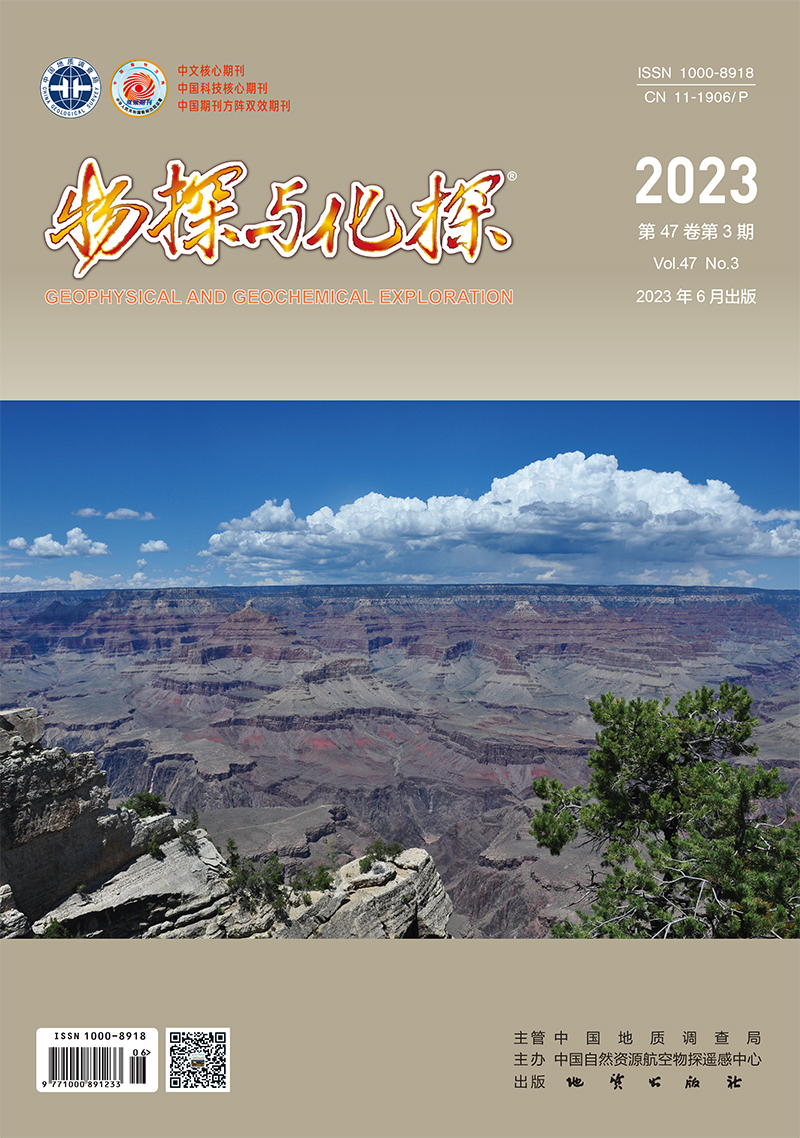LIU Jun, HUANG Chao, YANG Lin, ZHANG Yong-Sheng, ZHA Ming. 2023. Quantitative prediction technology for the hydrocarbon production capacity of fractures and vugs in fault-controlled carbonate reservoirs in the Shunbei area. Geophysical and Geochemical Exploration, 47(3): 747-756. doi: 10.11720/wtyht.2023.2579
| Citation: |
LIU Jun, HUANG Chao, YANG Lin, ZHANG Yong-Sheng, ZHA Ming. 2023. Quantitative prediction technology for the hydrocarbon production capacity of fractures and vugs in fault-controlled carbonate reservoirs in the Shunbei area. Geophysical and Geochemical Exploration, 47(3): 747-756. doi: 10.11720/wtyht.2023.2579
|
Quantitative prediction technology for the hydrocarbon production capacity of fractures and vugs in fault-controlled carbonate reservoirs in the Shunbei area
-
1. School of Geosciences,China University of Petroleum,Qingdao 266580,China;
-
2. Exploration and Development Research Institute,Sinopec Northwest China Petroleum Bureau,Urumqi 830011,China
-
Abstract
The strike-slip fault system and the fractures and vugs in fault-controlled reservoirs have become new Ordovician exploration targets in the Shunbei area.This study explored a multi-attribute quantitative prediction technique for the single-well production of fault-controlled reservoirs,aiming to provide a scientific basis and technical support for well deployment and well trajectory optimization in the fault zones of the Shunbei area.Faults serve as pathways for hydrocarbon migration in fault-controlled reservoirs.Their connectivity to provenance areas can be characterized by their longitudinal extension and the width of the fault zone,and their convergence can be characterized by their lateral extension and the planar intersection structure between major and secondary faults.Both characteristics of faults were used to indicate the fault characteristics in the oil source conditions for oil accumulation.The space for hydrocarbon accumulation in fault-controlled reservoirs is dominated by dissolution fractures and vugs,such as caves.The fracture-vug characteristics,which represent the space for hydrocarbon accumulation and its connectivity,were characterized by the scale of fault-controlled reservoirs,the volume of the fractures and vugs,and the density of fractures in faults.The single-well production of fault-controlled reservoirs is related to both the fault characteristics and the fracture-vug characteristics.Therefore,the quantification of fault characteristics and the fracture-vug characteristics is the basis for the quantitative prediction of single-well production.The fault characteristic values were determined through the fine-scale interpretation of faults based on seismic data and their multiple attributes.Moreover,the range of fault-controlled reservoirs was delineated based on structure tensors;the distribution and volume of caves,fractures,and vugs were characterized using the amplitude of anomalous bodies;and the density of fractures in faults can be characterized using the maximum likelihood probability.Then,the three attributes were fused to determine the fracture-vug characteristic values.Finally,the quantified fault characteristic values and fractured-vug characteristic values were fused into the characteristic value of fault-controlled reservoirs.Through the statistical analysis of the characteristic value and annual liquid production of drilled wells,the statistical relationship between the annual fluid production and the characteristic value of fault-controlled reservoirs was determined,thus achieving the quantitative prediction of the single-well production of fault-controlled reservoirs.
-

-
-
Access History







 DownLoad:
DownLoad: